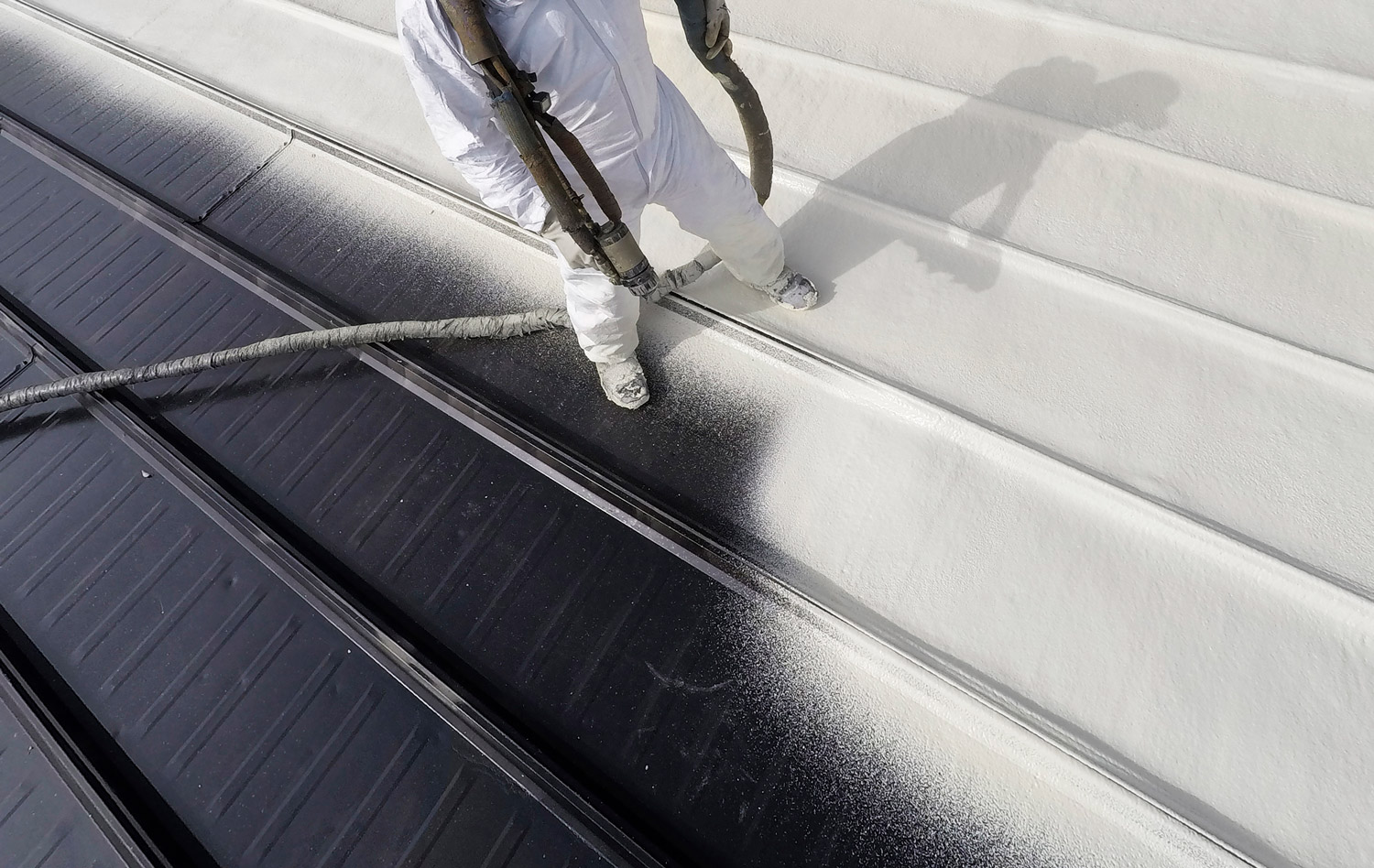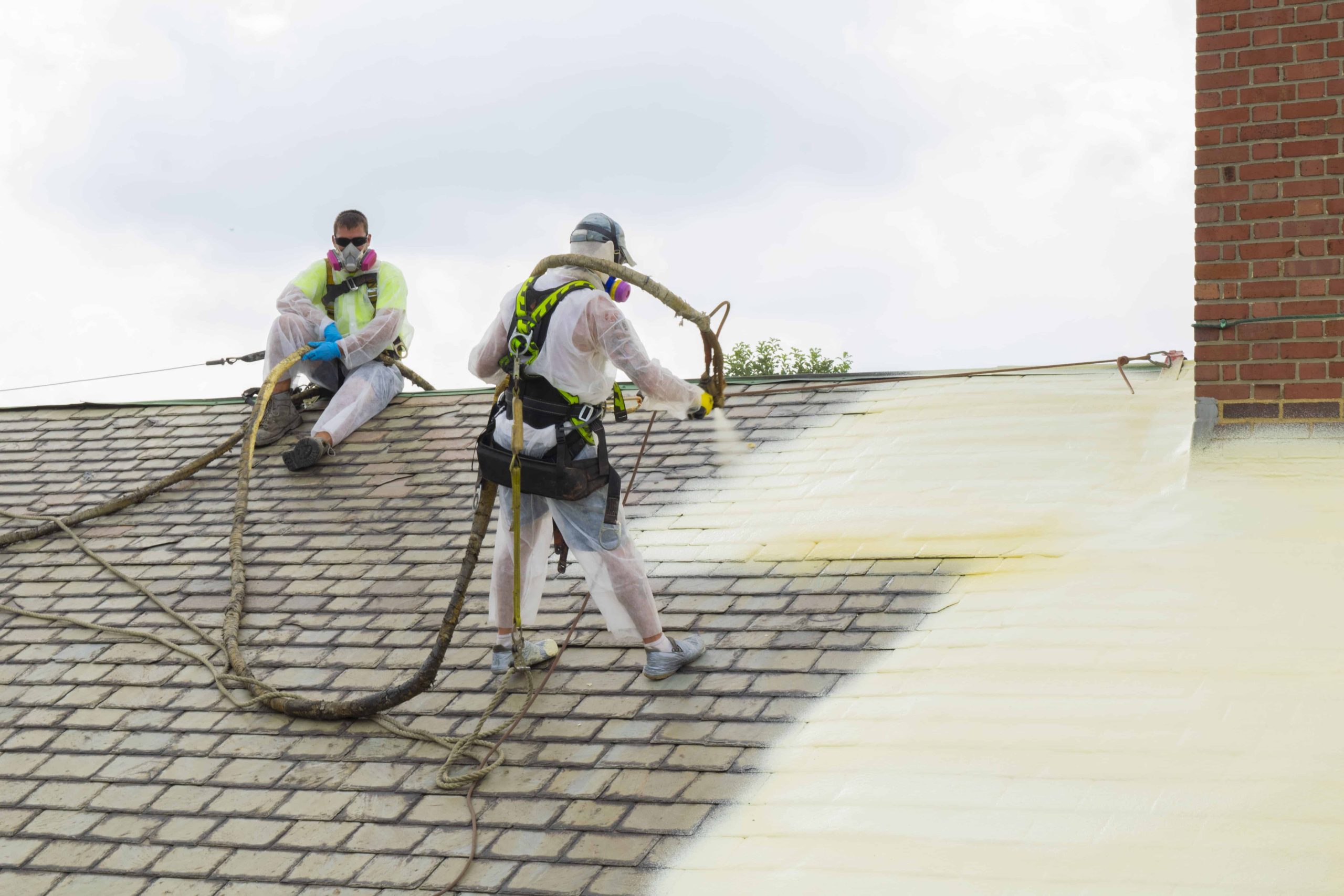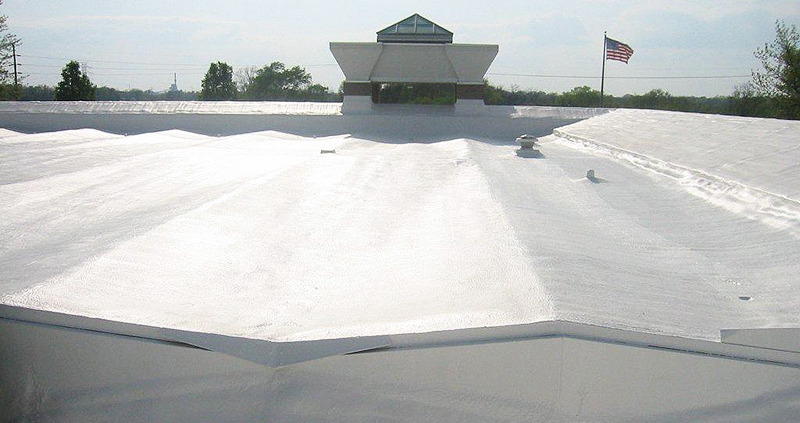What Property Owners Should Know About Spray Foam Roofing Systems
Spray foam roofing sounds like one of those niche things only industrial builders care about—until a leak shows up in your ceiling or your AC runs nonstop during the summer. Whether you’re managing a commercial facility or just trying to keep your home’s roof from becoming a sieve, spray foam roofing systems are one of the most underappreciated upgrades with real staying power.
But figuring out how they work, what they’re made of, and whether they’re worth the cost? That’s where things get a little messy. You’ll run into vague explanations, recycled marketing fluff, and terms that feel like they belong in a chemistry lab. This article clears the fog. No hype, no jargon—just facts you can actually use.
Why Spray Foam Roofing Systems Are Getting Attention
Spray foam roofing isn’t just for warehouses or flat-roofed buildings anymore. Expert spray foam roofing systems are gaining traction because they address multiple issues at once—leaks, energy loss, and surface deterioration.
Spray foam roofing involves spraying a liquid polyurethane foam that expands and forms a solid, seamless layer over your existing roof. It hardens quickly and creates an insulating and waterproof barrier. For many, it’s a lower-hassle option that extends roof life without a full tear-off.

How Spray Foam Works on a Roof
Spray foam roofing, or SPF (Spray Polyurethane Foam), sticks directly to your existing roof surface. It creates a continuous layer that seals up cracks, seams, and screw holes. It expands about 30x its liquid volume, making it ideal for filling gaps and irregular surfaces.
Application Conditions Matter
Temperature, humidity, and roof cleanliness affect how well the foam bonds and cures. If your roof is dirty, too wet, or the day’s too humid, expect problems later.
Seamless = Fewer Entry Points
Traditional roofs have seams, fasteners, and flashing—every one of those is a potential leak. SPF roofing is seamless, reducing those vulnerabilities.
Fun Fact: Spray foam expands in just 6–8 seconds after application. Timing and precision are key during install.
Types of Buildings That Benefit from Spray Foam Roofing
Not every roof is a good candidate, but the ones that are tend to see immediate performance improvements. Both commercial and residential structures can benefit, depending on design and condition.
Flat and Low-Slope Roofs
Spray foam performs best on flat or slightly sloped roofs. Its ability to seal without seams makes it a top pick for these surfaces.
Older Roofs That Aren’t Ready for Replacement
If your roof isn’t failing but it’s showing signs of age, SPF can extend its life. It bonds directly to materials like metal, wood, concrete, or BUR (Built-Up Roofing).
Residential Roofs in Harsh Climates
Homes in areas with high sun exposure, rain, or wind can benefit from the insulation and weather barrier spray foam provides.

Insulation Performance and Energy Efficiency
One of the standout features of SPF roofing is how well it insulates. Many property owners don’t realize how much energy is lost through the roof—until it’s fixed.
R-Value Per Inch
SPF offers one of the highest R-values per inch—around R-6.5 to R-7. That means you get more insulating value without needing thick materials.
Reduced HVAC Load
Insulated roofs reduce indoor temperature swings. Your heating and cooling systems won’t need to work as hard or run as often.
Seals Air Leaks
Because it expands and hardens, spray foam also acts as an air barrier—closing off cracks where heat or cold air might escape.
Fun Fact: According to studies, a spray foam roof can cut cooling costs by up to 30% in hot climates.
Lifespan, Durability, and Maintenance
Spray foam roofing systems aren’t a short-term fix. When installed and maintained properly, they can last decades.
Typical Lifespan
SPF roofs can last 20–30 years or more with regular maintenance and recoating every 10–15 years.
Resistance to UV and Weather
A UV-protective topcoat (usually silicone or acrylic) helps shield the foam from sun damage and weathering.
Maintenance Needs
SPF roofs need inspections once or twice a year. Look for punctures, UV coating wear, or signs of moisture intrusion.
Comparison: Spray Foam Roofing vs. Other Roofing Options
Below is a quick comparison table to help understand how spray foam stacks up against traditional roofing materials.
| Feature | Spray Foam Roofing | Single-Ply Membrane | Metal Roofing |
|---|---|---|---|
| Seamless Installation | Yes | No | No |
| R-Value (Per Inch) | R-6.5–7 | R-2–3 | R-0 (needs insulation) |
| Typical Lifespan | 20–30 years | 15–25 years | 30–50 years |
| Installation Disruption | Low | Medium | High (more structural work) |
| Leak Resistance | High | Medium | Medium |
| Maintenance Requirement | Medium | Medium | Low to Medium |

Common Misconceptions About Spray Foam Roofing
There’s a lot of confusion about what spray foam roofing can and can’t do. Let’s clear a few things up.
It’s Not Just for Commercial Buildings
This system works on homes too—especially ones with flat or low-slope roofing. You don’t need a commercial permit or special design to consider it.
It’s Not Flammable After Curing
The foam itself can be combustible during application, but once it’s cured and coated with the UV protectant, it’s no more flammable than other roofing systems.
It’s Not a “Cheap Fix”
Spray foam roofing isn’t a budget patch-up. It’s a long-term investment with real insulation and durability benefits. But skipping proper prep or topcoat maintenance will shorten its lifespan.
Conclusion
Spray foam roofing systems aren’t new, but they’re finally getting the attention they deserve for their dual performance as both a roof and an insulator. If you’re managing a building with energy loss, minor leaks, or an aging roof surface—not quite bad enough to tear off—this solution is worth a serious look.
The main takeaway? It’s not just about plugging leaks. Spray foam roofs help manage indoor comfort, reduce energy waste, and extend the usable life of your building’s upper layer. That’s a lot of mileage from one upgrade—and fewer surprises during storm season.
Visit us to Learn More: https://southchicagoinsulation.com/?utm_source=backlink
FAQs
Can spray foam roofing be applied over an existing roof? Yes, in most cases. Spray foam adheres well to a wide range of existing roofing materials, as long as the surface is dry, clean, and structurally sound.
Does spray foam roofing add weight to the structure? Very little. SPF is lightweight—around 1–1.5 pounds per cubic foot—and won’t stress your roof’s structural load.
What happens if there’s a puncture in the foam layer? Punctures can be patched with elastomeric sealants or recoated with fresh foam. Regular inspections help catch these early.
Can spray foam roofs handle heavy rain or hail? Yes, when properly coated. The top layer (usually silicone) is designed to shed water and resist impact, making it a solid performer in harsh weather.
Is spray foam roofing noisy during rainstorms? Nope. The foam actually reduces sound transmission. You’ll hear less roof noise compared to metal or membrane roofs.
Author: Bob Gasca attended his first spray foam training in 2007 and has continued to pursue yearly training to stay current with the latest technology and practices. He is a certified Spray Foam Master Installer through the SPFA and a member of the SPFA. Additionally, Bob serves as a Spray Foam Worldwide Ambassador, sharing information with spray foam professionals globally. Recently, he returned from a building science training, where he expanded his knowledge on how weather conditions affect home performance, helping him better diagnose and improve home health for families. Bob specializes in finding solutions to complex moisture and air infiltration issues.
Reviewer: Noah Gonzalez reviewed this article and drew on 9 years of experience to offer suggestions that make the guidance more directly useful for insulation professionals.


Leave a Reply
Want to join the discussion?Feel free to contribute!